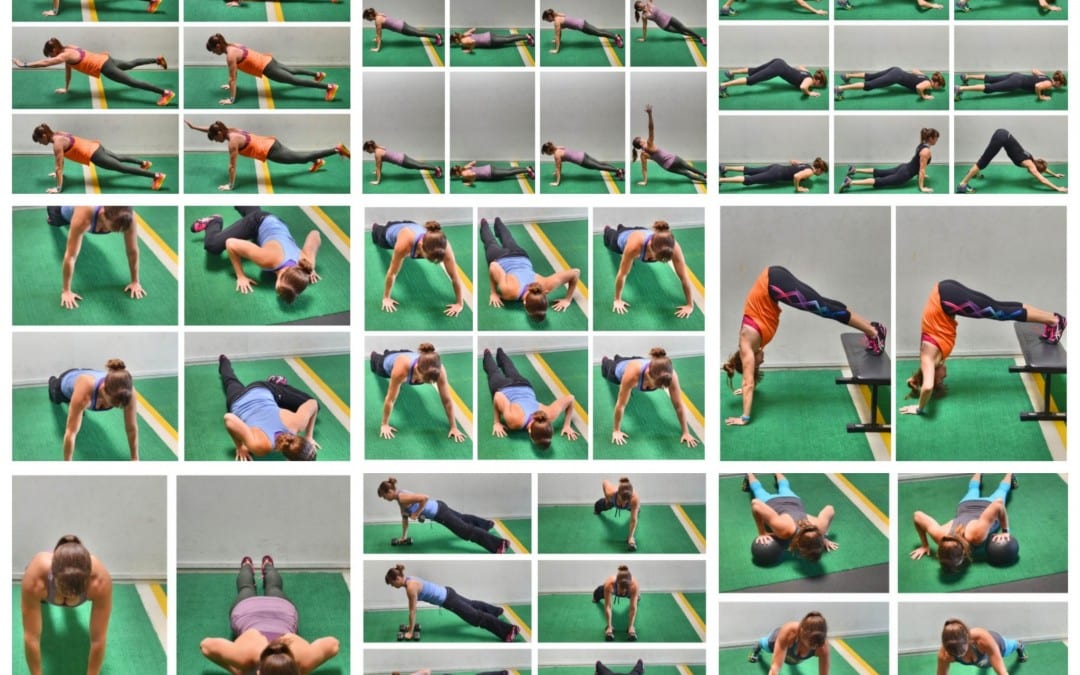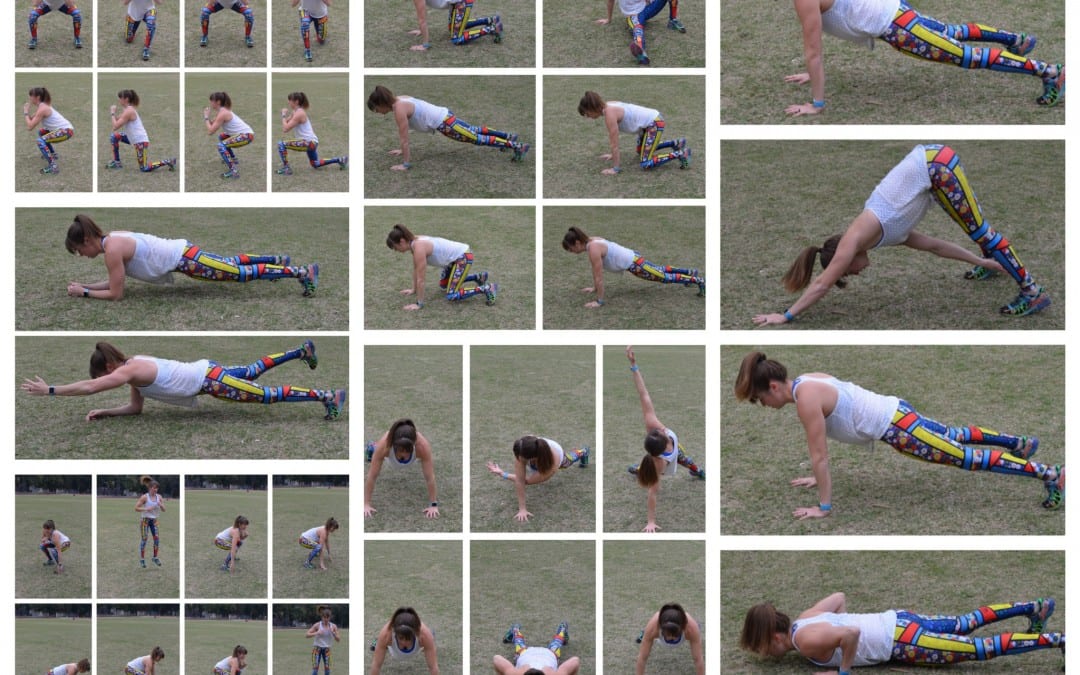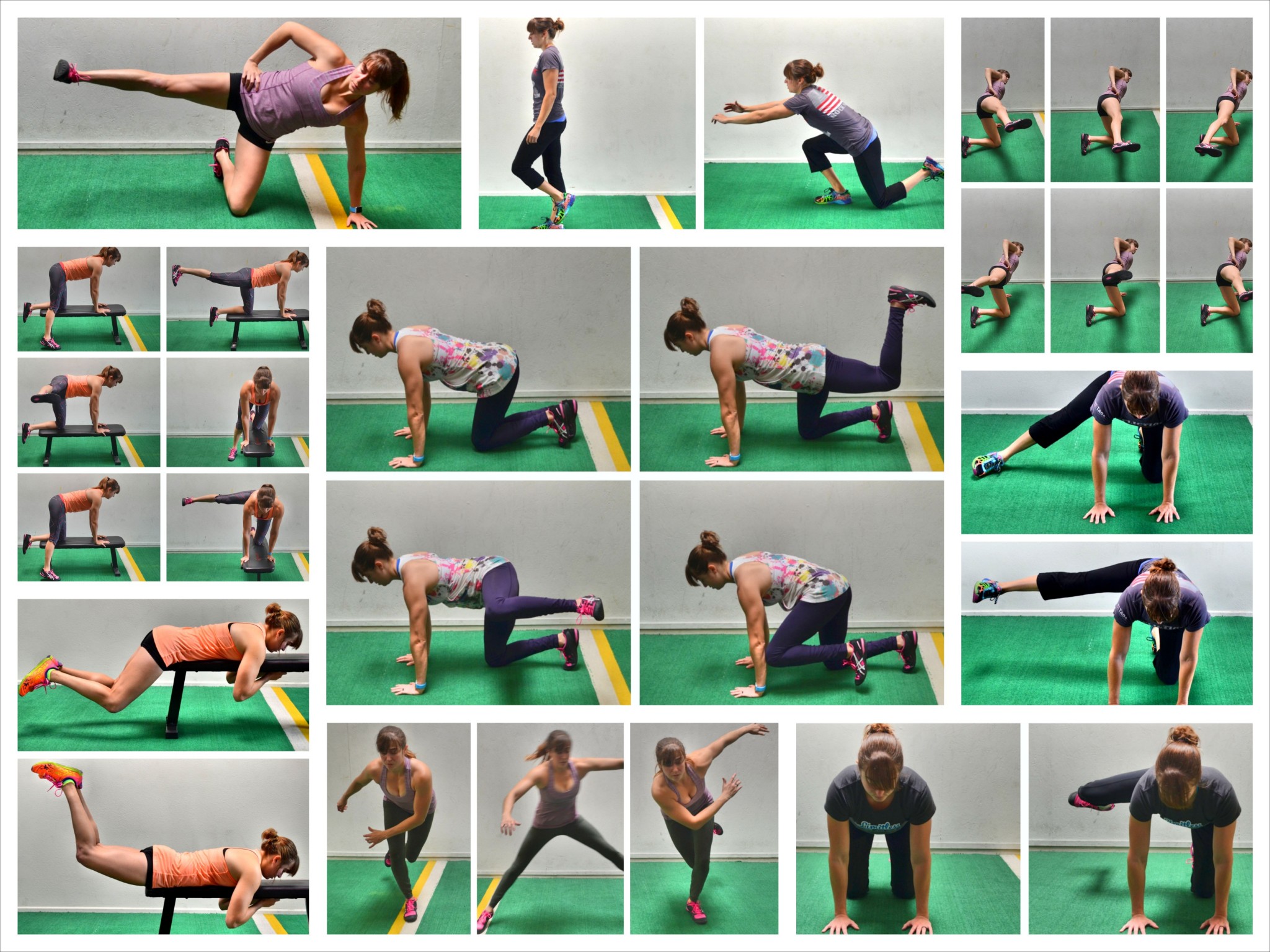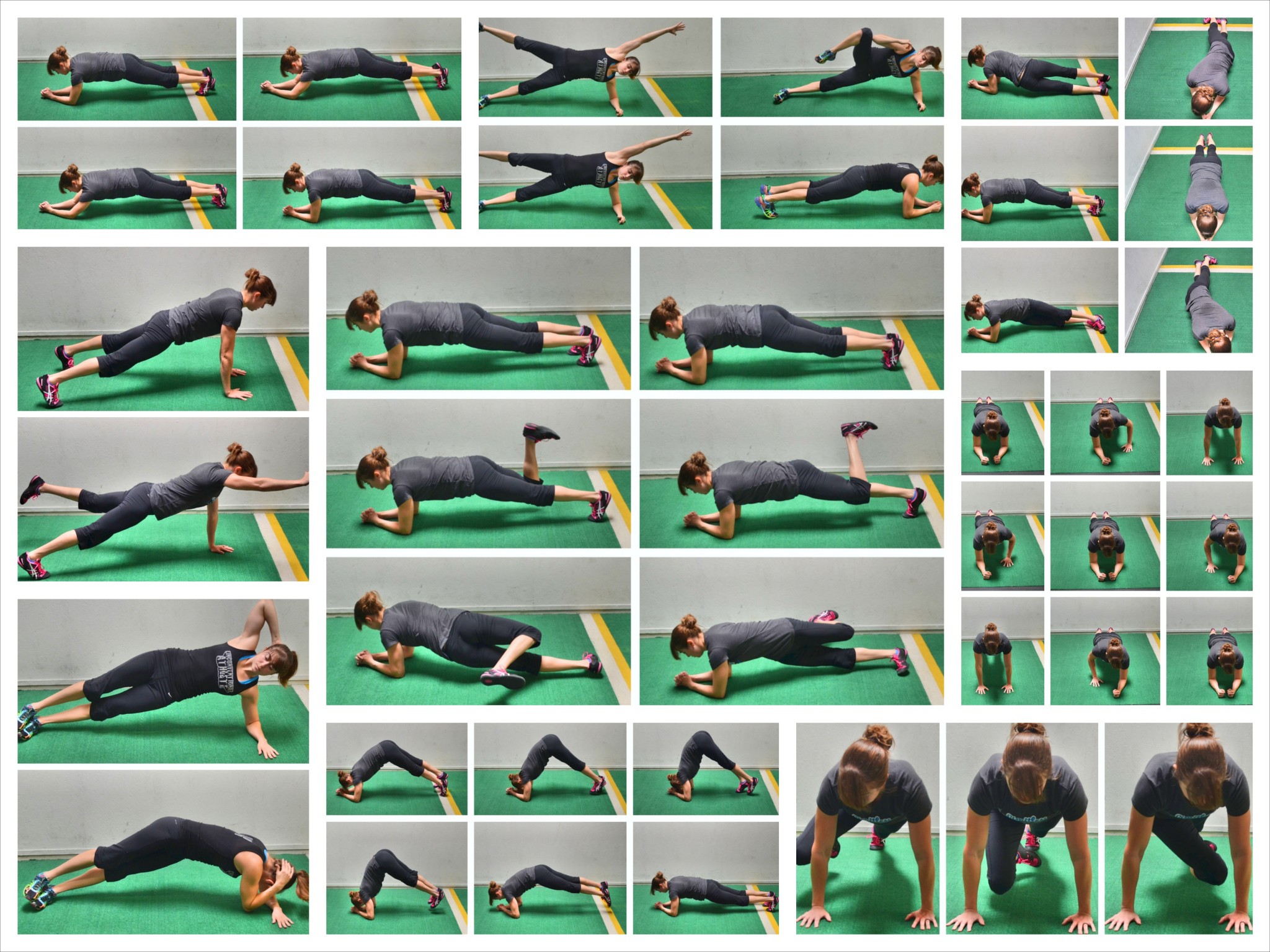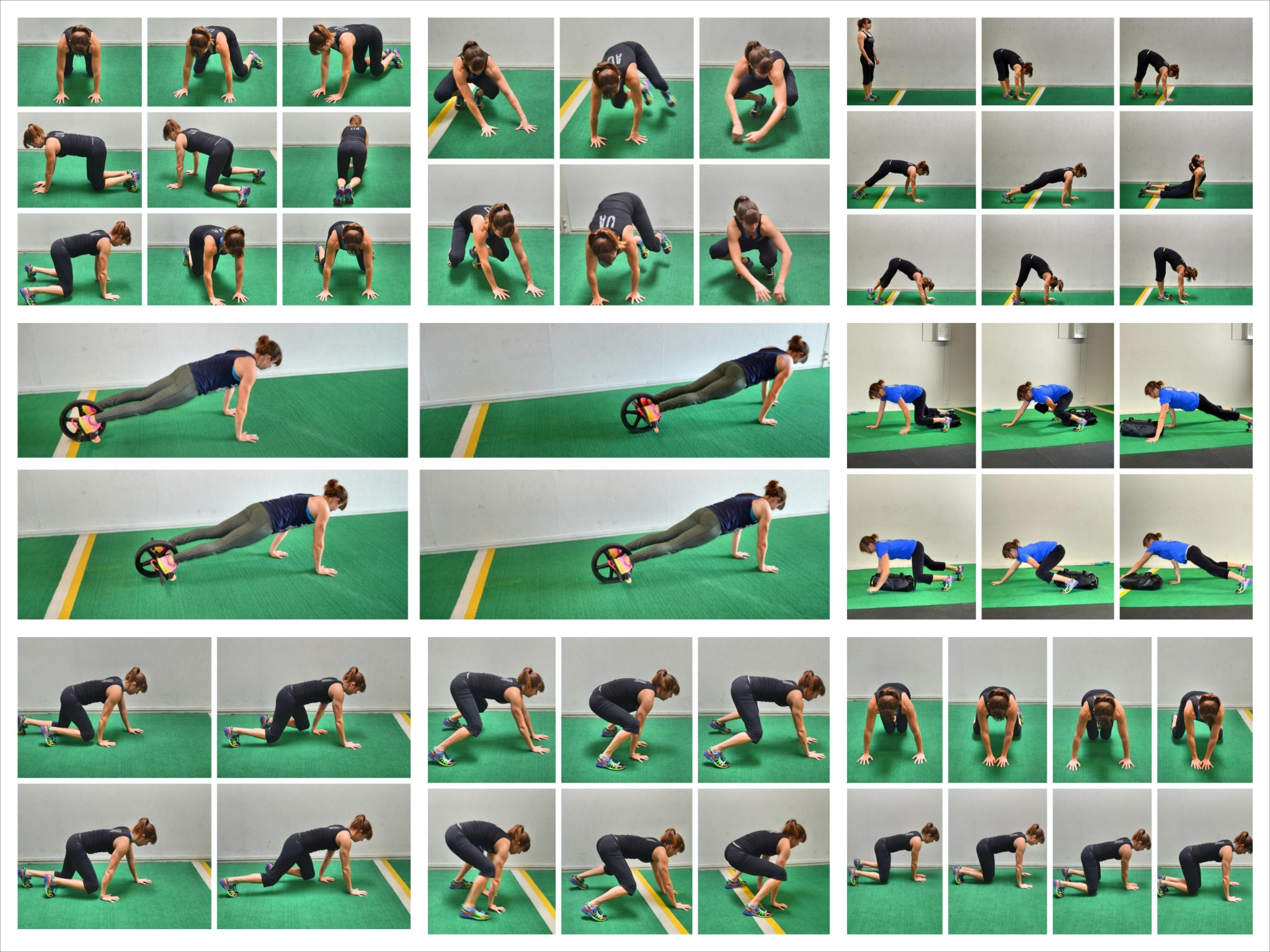
by Cori Lefkowith | Mar 7, 2016 | Blog, Bodyweight, Exercises, Push Ups
The Push Up is a must-do move even though most of us need to make sure we do extra pulling exercises because we sit hunched over a computer for 9 hours a day. So while you definitely need to include rows and pull ups and all sorts of pulling exercises in your...

by Cori Lefkowith | Feb 22, 2016 | Blog, Bodyweight, Exercises, Travel Workouts, Workouts
When you travel it can be hard to keep up with your workout routine. You may simply be busy, or relaxing or without access to your usual workout equipment. But that doesn’t have to mean you fall off your workout routine. While you can take time off on vacation, it can...

by Cori Lefkowith | Sep 6, 2015 | Blog, Bodyweight, Butt, Exercises
All over the internet Squats are promoted as a great booty building exercise. You see “She Squats” or “I Squat” or simply booty shorts with “Squat” everywhere. But Squats aren’t the best or only glute exercise out there that...

by Cori Lefkowith | Mar 9, 2015 | Blog, Bodyweight, Core, Exercises
Planks are a must-do core move. And while you should always include the Basic Planks in your workouts, it can be fun to add some variety in every once in awhile. All of these Plank Variations will continue to build your core strength and stability and help you prevent...

by Cori Lefkowith | Feb 11, 2015 | Blog, Bodyweight, Core, Exercises
Crawling – it seems like such an easy movement, but not only does it take more coordination than we realize but it is also a great full-body workout. Crawling exercises are important to include in your workout routine because they are functional bodyweight...
